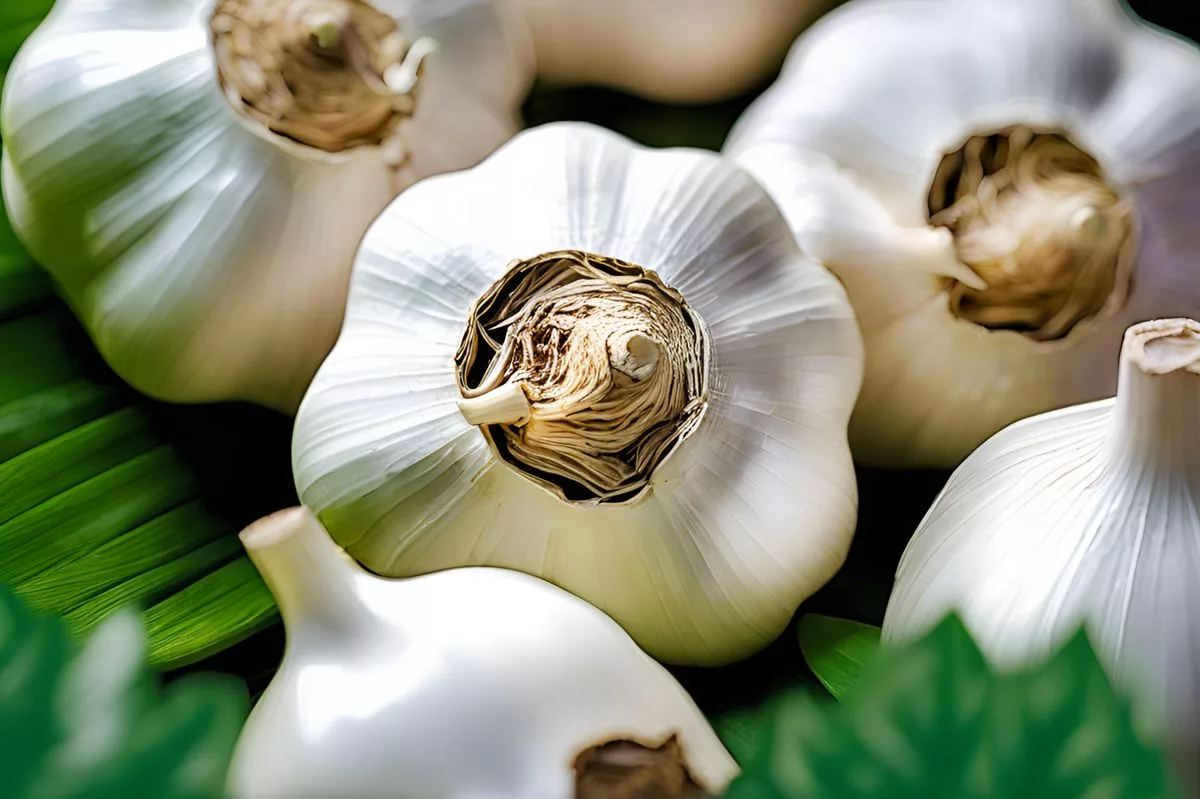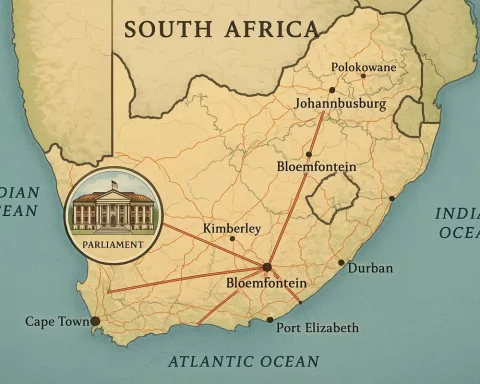Garlic farming in South Africa is a tough journey filled with highs and lows. Farmers face rising costs, competition from imported garlic, and changing tastes from shoppers. But there is a silver lining! With a focus on growing fresh, local garlic and using new farming techniques, there’s hope for a brighter future. By working together and embracing new ideas, South African garlic could become a cherished favorite, both at home and overseas.
What are the challenges and opportunities in garlic farming in South Africa?
Garlic farming in South Africa faces challenges such as high operational costs, competition from imports, and fluctuating consumer preferences. However, opportunities include producing quality local garlic, innovating farming techniques, and tapping into the growing demand for fresh, flavorful products.
Navigating the Landscape of Garlic Production
Agriculture in South Africa, with its picturesque landscapes, is a blend of time-honored traditions and the hurdles of contemporary practices. One such crop facing these challenges is garlic, a versatile kitchen ingredient with significant economic potential. However, local farmers are grappling with the task of meeting the growing domestic demand for quality garlic. This struggle reflects larger agricultural issues that have fueled a noticeable increase in garlic imports in recent years.
Corrie Bezuidenhout leads the South African Garlic Growers’ Association and provides valuable insights into the garlic industry’s current state. He highlights the difficulties local farmers encounter in consistently producing garlic that aligns with market expectations. Successful garlic farming requires strategic planning and unwavering dedication. “To survive as an industry, we need to match the quality and quantity of imported garlic,” Bezuidenhout remarked in an interview with Maroela Media. His statement emphasizes the urgent need for local producers to close the gap with imports to maintain the industry’s viability.
Despite the challenges, local garlic offers a freshness advantage. Unlike imported garlic from China and Spain, typically subjected to irradiation that can affect flavor and shelf life, South African garlic retains its natural taste. This quality appeals to discerning consumers. Nevertheless, numerous farmers are exiting the garlic industry due to high costs and market instability.
Economic Realities and Market Dynamics
The financial landscape for garlic farmers is daunting. High operational costs and significant capital investments burden producers, while fluctuating production expenses add to the strain. Changing consumer preferences further complicate the scenario, as local farmers struggle to deliver the desired varieties and quality consistently. As a result, many farmers have switched to more stable crops like butternuts, cabbage, or sweet peppers, which promise better returns.
Johnny van der Walt, a farmer in southern Limpopo, shares insights into the labor-intensive nature of garlic farming. Cleaning garlic bulbs requires extensive manual labor, and competing price-wise with imported garlic is a formidable challenge. Larger bulbs fetch higher prices and sell more readily, but each harvest yields a mix of small and medium-sized cloves that are harder to market. This economic imbalance pressures farmers to rethink their strategies.
Despite these obstacles, garlic farming retains its appeal for a determined few. Producing a local product that resonates with consumer tastes and supports national agricultural sustainability remains a powerful motivator. However, realizing this potential demands addressing systemic issues and fostering collaboration between growers, policymakers, and market analysts to build a robust garlic industry.
Innovation and Adaptation as Pathways to Success
Revitalizing the garlic industry may lie in innovation and diversification. Exploring new garlic varieties that cater to consumer preferences could rejuvenate the market. Investing in technology to streamline production processes and reduce costs might provide a competitive advantage. Additionally, promoting a deeper understanding of agricultural economics among young farmers could cultivate a new generation ready to tackle these challenges with innovative approaches.
Historically, agriculture has shown resilience by adapting to changing landscapes and evolving demands. The essence of farming lies not just in sustaining communities but also in its ability to innovate. From the transformative effects of the Green Revolution to modern sustainable farming practices, the sector continually evolves. South Africa’s garlic industry is at a similar crossroads, where embracing change could unlock significant potential.
The global garlic market offers insights and opportunities for South African producers. Successful garlic industries worldwide often rely on comprehensive support systems, including research initiatives, financial incentives, and solid infrastructure. By examining these models, South Africa can devise strategies to enhance local production while ensuring economic stability.
Embracing Resilience and Potential
The narrative of garlic farming in South Africa intertwines challenges with possibilities. Garlic’s cultural significance as a culinary staple provides a robust foundation for rejuvenation efforts. Engaging producers, consumers, and stakeholders in discussions about quality, sustainability, and innovation can pave the way for a more promising future for the industry.
Ultimately, garlic farming in South Africa embodies resilience and potential. It mirrors broader agricultural themes of adaptation and perseverance. As the country navigates the complexities of modern agriculture, garlic serves as a symbol of both the challenges faced and the untapped opportunities awaiting realization. By fostering innovation and collaboration, the South African garlic industry can thrive amidst adversity, carving out a niche in the global market while sustaining local traditions.
FAQ: Garlic Farming in South Africa
What are the main challenges faced by garlic farmers in South Africa?
Garlic farmers in South Africa experience several challenges, including high operational costs, intense competition from imported garlic, and rapidly changing consumer preferences. These factors make it difficult for local producers to maintain consistent quality and meet market demands.
How can garlic farming in South Africa become more competitive?
To enhance competitiveness, South African garlic farmers need to focus on producing high-quality local garlic that meets consumer tastes. Embracing innovative farming techniques, exploring new garlic varieties, and investing in technology to streamline production processes can all contribute to a more competitive stance in the market.
What opportunities exist for garlic farmers in South Africa?
Despite the challenges, there are many opportunities for garlic farmers in South Africa. The growing demand for fresh, flavorful local produce presents a chance for farmers to capitalize on their unique offerings. Collaboration among farmers, policymakers, and market analysts can also lead to better support systems that strengthen the local garlic industry.
Why do some farmers choose to exit the garlic industry?
Many farmers are leaving the garlic industry due to the combination of high operational costs, market instability, and the challenges of competing against cheaper imported garlic. Some have opted to switch to more stable crops like butternuts or sweet peppers, which promise better financial returns.
How does local garlic compare to imported garlic in terms of quality?
Local garlic from South Africa typically retains a natural flavor and freshness that can be superior to imported garlic, which is often subjected to irradiation that affects taste and shelf life. This quality difference appeals to consumers who value fresh, locally-grown produce.
What role does innovation play in the future of garlic farming in South Africa?
Innovation is crucial for revitalizing the garlic industry. By adopting new agricultural techniques, investing in technology, and understanding market dynamics, farmers can adapt to changing consumer preferences and improve their production processes. Engaging the next generation of farmers with innovative approaches will also be key to sustaining the industry in the long run.








